The first part of the adventure was getting there. Out of the subway, past the tower blocks and under the motorway flyover. A quick glance at Google Maps and into a patch of litter-blown scrub. Someone bustles up alongside me: ‘Are you looking for the opera?’ I am, yes: and my guess is that the cluster of clipboard-y types in high-vis tabards next to that warehouse probably marks the entrance. We’re waved in: ‘Big Cock’ proclaims a graffiti-covered wall. There’s a stack of shipping containers, an improvised bar (cold beer and Scotch pies) and a big tented space filled with drifting crowds and that apprehensive, slightly unsettled murmur you always hear when – unusually for an opera audience – no one really knows what they’ve let themselves in for.
A classic Edinburgh Festival experience, you might think: except that Scottish Opera’s promenade production of Bernstein’s Candide is taking place in Glasgow, while the mighty International Festival – barring a visit from Garsington’s (admittedly superb) Rusalka – seems to have pretty much thrown in its hand this year, at least as regards main-stage opera. Certainly, nothing at Edinburgh looked half as intriguing as this open-air staging by Jack Furness: by a curious coincidence, the director of that stunning Rusalka here producing Scotland’s operatic event of the summer on the opposite side of the country.
Whatever: Candide pulled you in and tipped you out, three hours later, footsore but with all senses fizzing. This site-specific way of doing opera was pioneered by the late Graham Vick’s Birmingham Opera Company. For Vick, it was an end in itself, and the atmosphere of ferocious, almost cult-like commitment that made his Birmingham productions feel so transgressive was much less noticeable in Glasgow. But there are other advantages to this way of doing things – creating opera that is mobile, rough-edged and which redefines its focus from moment to moment (though the tightness of the ensemble, even when the singers were a good 20 metres from the orchestra, was striking).
Scottish Opera, like Vick, has recruited a sizeable community company, strengthened by the professional chorus and embedded in the audience, producing an electrifying, immersive thrill as the singing suddenly engulfs you on all sides. In Birmingham, sprawling unstageable problem pieces like Stockhausen’s Mittwochand Tippett’s The Ice Break became cogent and vital when dynamited free from theatrical conventions and allowed to fall into their natural shape. Candide– a theatrical car crash with an indestructible score – falls plumb into that category.
And yes – done like this, Candide almost works, generating a carnival-like sense of occasion and a joyous, headlong momentum. Furness fired visual gags like chaff as the orchestra (under Stuart Stratford) went full-tilt at Bernstein’s score, and the cast leaped from stage to articulated lorry to inflatable boat, clutching cuddly toy sheep while video screens clarified the plot in the language of emojis. There were riot police, chat-show hosts and fornicating priests. A Sturgeon-like ‘Minister of Freedom’ presided smugly over a public execution and the severed head of Boris Johnson was paraded on a pike. That got cheers, as it would doubtless have done at Glyndebourne, too (it’s going to be a lot harder to get quick laughs out of a Truss or a Starmer).
William Morgan was Candide: a wide-eyed man-child, first seen clutching his toy Millennium Falcon, and singing with undimmed freshness as his wounds grew bloodier. Cunegonde (Paula Sides) kicked seven bells out of a pile of designer shopping before Instagramming herself nailing the coloratura in ‘Glitter and Be Gay’: an upper register like sequins. Ronald Samm’s Dr Pangloss was a jive-talking huckster in a crimson zoot suit, suave without even trying. But the image of the night – and there were plenty to choose from – would have to be the great Susan Bullock channelling Joan Rivers as the Old Lady and dancing a one-woman tango on a picnic table as she drawled and snarled her way through ‘I am Easily Assimilated’. Lady, you said it.
At Holland Park, John Savournin’s Charles Court Opera production of HMS Pinafore applied a coat of dazzle-paint to the old battlewagon but otherwise kept things shipshape and navy fashion: a trim, affectionate staging with an athletic and well-drilled cast throwing the humour into crisp relief. Savournin himself delivered another star turn as Captain Corcoran: he can create an entire comic persona with the lift of an eyebrow, but Pinafore shows his handsome mahogany baritone to fine effect, too. It was also a treat to hear Sir Joseph Porter (Richard Burkhard) sung this musically: purring and smarming away. Lucy Schaufer (Little Buttercup, as a Wren) and Llio Evans (Josephine) brought more subtlety and sympathy to their roles than is often the case. G&S doesn’t always have to be reinvented: a lot can be achieved with skill, imagination, and a dab of spit and polish.
Got something to add? Join the discussion and comment below.
Get 10 issues for just $10
Subscribe to The Spectator Australia today for the next 10 magazine issues, plus full online access, for just $10.
You might disagree with half of it, but you’ll enjoy reading all of it. Try your first month for free, then just $2 a week for the remainder of your first year.

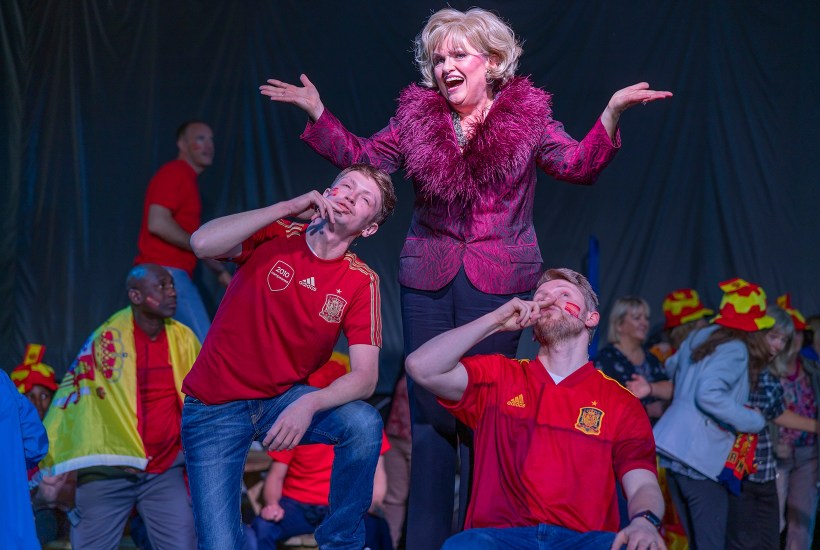
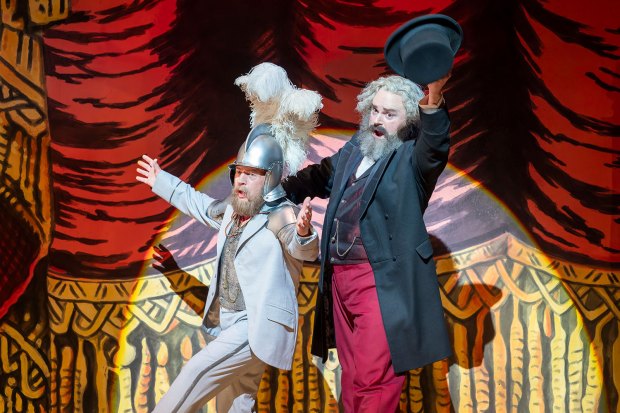
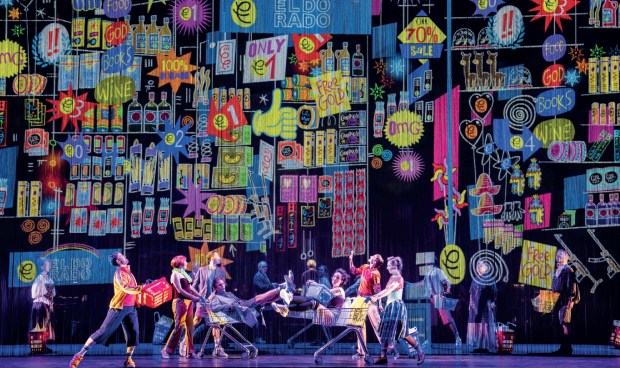
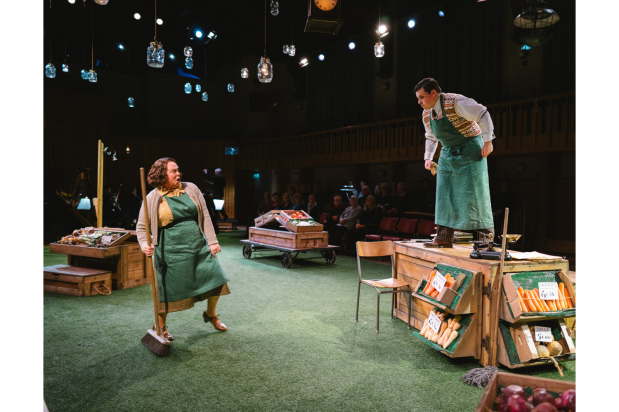
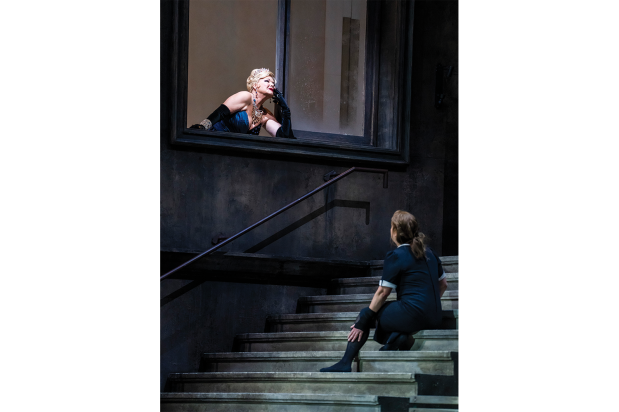
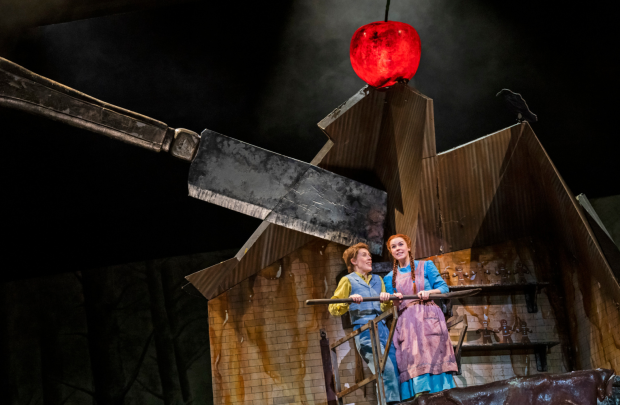
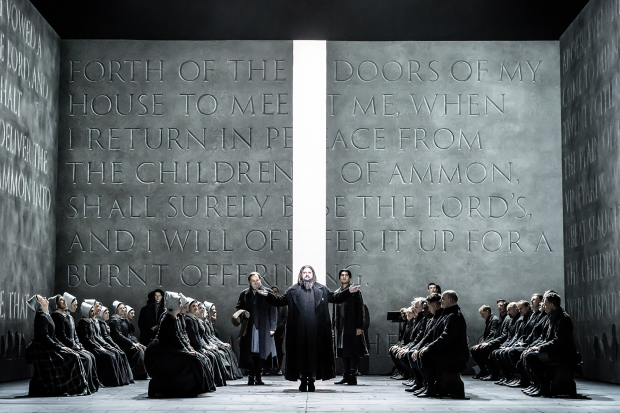






Comments
Don't miss out
Join the conversation with other Spectator Australia readers. Subscribe to leave a comment.
SUBSCRIBEAlready a subscriber? Log in